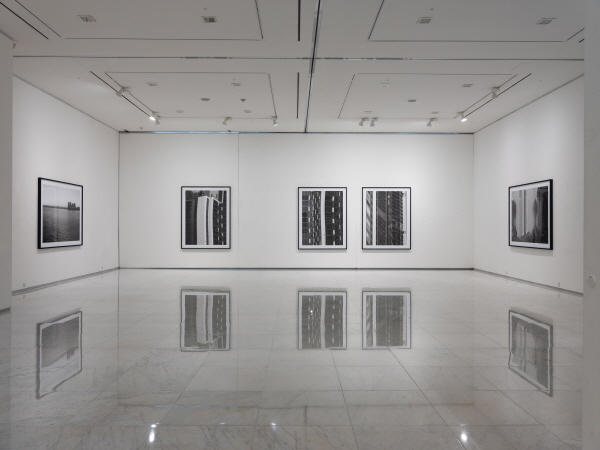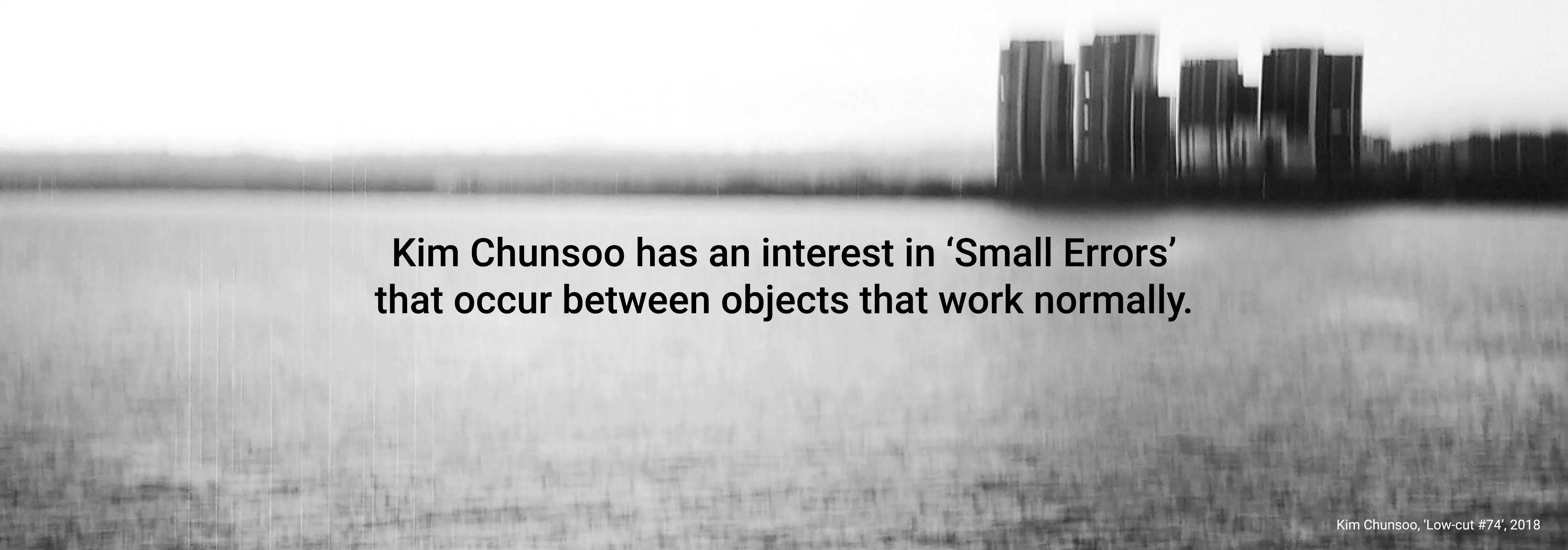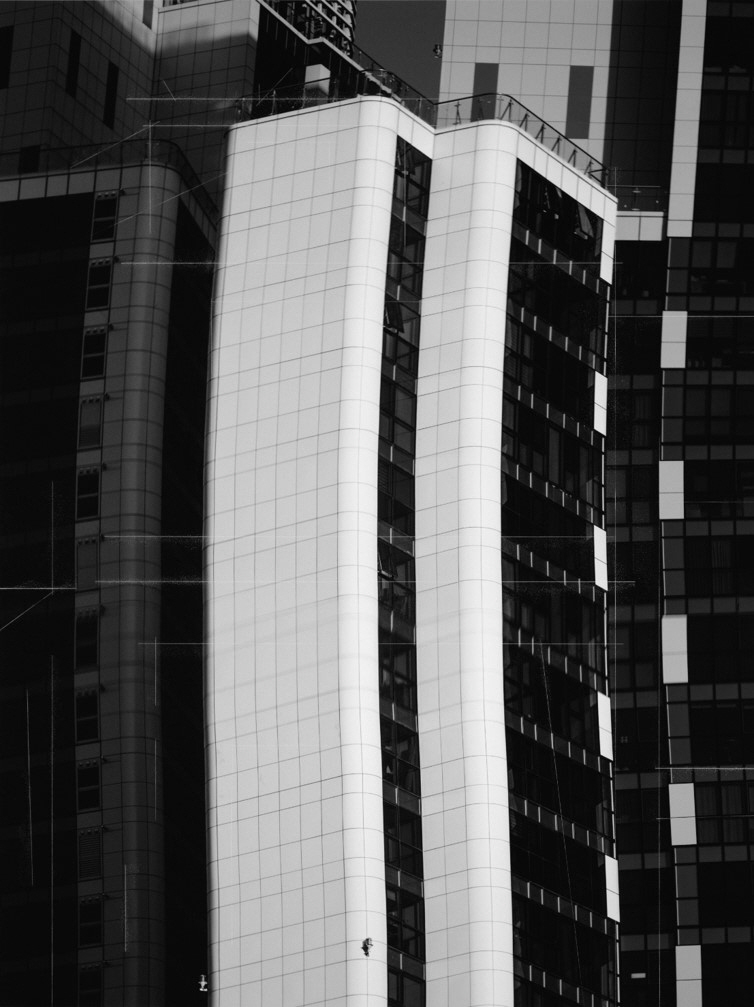Artist_K-Artist
Kim Chunsoo’s Solo Exhibition “Low-cut, Low-pass” on View Through October 2, 2018 at Ilwoo Space
October 30, 2018
Ilwoo Space
The Ilwoo Foundation, part of
the Hanjin Group, is hosting a solo exhibition, "Low-cut, Low-pass,"
by artist Kim Chunsoo (38), at Ilwoo Space, located in the lobby of Korean
Air's Seosomun Building on the first floor. Kim was selected as the winner of
the exhibition category at the 9th Ilwoo Photography Awards in February. The
exhibition, which will be held from August 30 (Thursday) to October 2 (Tuesday)
at ILLUSPACE, will introduce 20 photographic works that visualize the errors
inherent in the logic of the deepening development of cities and technology,
focusing on his recent series 'Low-cut, Low-pass'.

Installation view of “Low-cut, Low-pass” at Ilwoo
Space ⓒ Ilwoo Space
Kim is interested in the
small errors that occur between things that work normally, and through the
medium of photography, he seeks to reveal the vulnerability and imperfection
inherent in the camera, its reproduction technology, and the modern society we
live in. Based on these themes, he has focused on various fields ranging from
historical events and accidents to networks and the development of digital
imaging technology. From her previous series, "First Comedy, Then
Tragedy," to the ‘Low-cut’ and ‘Low-pass’ series presented in this
exhibition, she has not only photographed specific spaces, but also visualized
the vulnerability of contemporary society behind events through the distortion
and noise caused by physical and electronic errors in the reproduction process
of digital images. The ambivalent images, which appear to be damaged on the one
hand, and to have new aesthetic elements added on the other, reveal the problem
of a monolithic view of contemporary and regional issues.
In First Comedy, Then
Tragedy, the artist shows the social repercussions of bombings through the
modulation of digital images. The artist finds the reason why bombings have
such an impact on society in the overcrowding of modern cities. Just as cities
with skyscrapers that utilize space efficiently can be damaged by small
explosions, image file formats such as JPG and PNG, which are widely used
today, use data compression algorithms to save storage space on computers, but
just like overcrowded cities, small tampering can damage large parts of the
image. By using CodeEditor to tamper with and deface photographs taken at the
scene of the terrorist attack, we ultimately aimed to talk about the
vulnerabilities that modern cities and digital imaging technologies share.

Installation view of “Low-cut, Low-pass” at Ilwoo
Space ⓒ Ilwoo Space
‘Low-cut’ and ‘Low-pass’,
also featured in the exhibition, connect the increasingly dense urbanization of
redevelopment with the common vulnerability of high-resolution digital cameras
with the latest technology. High-resolution image sensors, which are made by
integrating a large number of pixels into a small area, have physical
limitations that cause distortion and noise in the image. This distortion is
more extreme when photographing skyscrapers than low-rise buildings, and the
noise is usually not noticeable but can be seen in darker photos.
In the 'Low-Cut' series, he
overlays the images with morphological errors caused by delays in data
processing during the shooting process with ink lines, which are used in
construction sites to demarcate spaces and draw straight lines. The various
incidents that occur in the process of developing and transforming living
spaces are made into lines by borrowing photographs from newspaper articles,
and the inked lines are superimposed on the incomplete images. By doing so, she
aims to reveal memories that are hidden behind the scenes of spaces that people
are not interested in because they are so familiar that they do not remain in
people's memories. She also intends the white ink lines to serve as a guide to
emphasize or correct the disorganized present in the photographs.

Installation view of “Low-cut, Low-pass” at Ilwoo Space ⓒ Ilwoo Space
The "low-pass"
series shows a zoomed-in view of a photograph taken without any light entering
through the camera lens. Since the photo was taken without light, it should be
perfectly black, but in reality, the non-black pixels are colorfully glowing in
the middle. This is heat noise from the image sensor and generally tends to
increase with the number of pixels in a unit area. This proves that people's
belief in the integrity of digital technology is false, and it's also a
commentary on our society's pursuit of infallibility.
Articles























